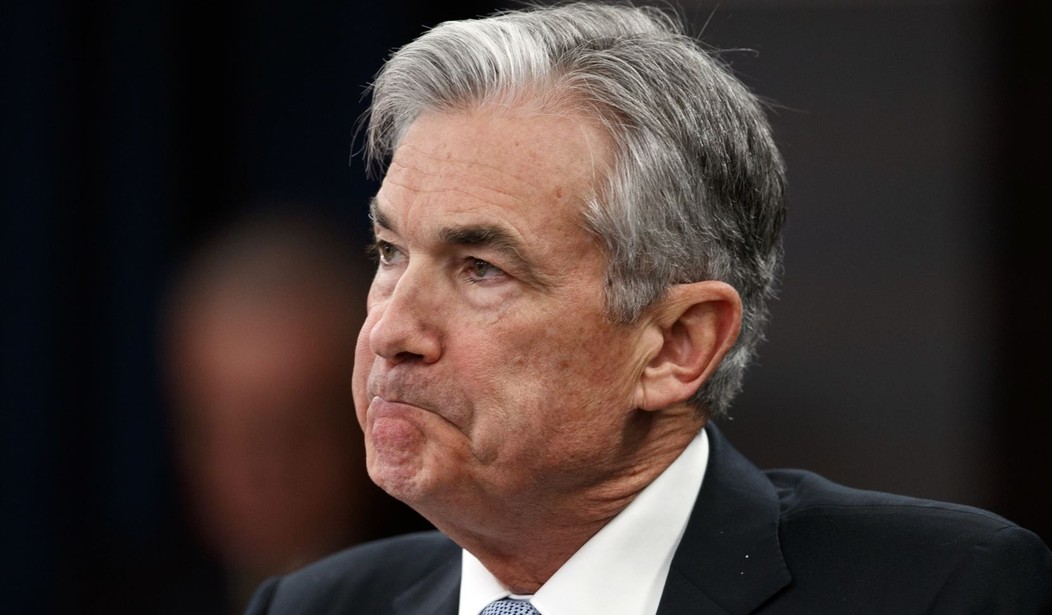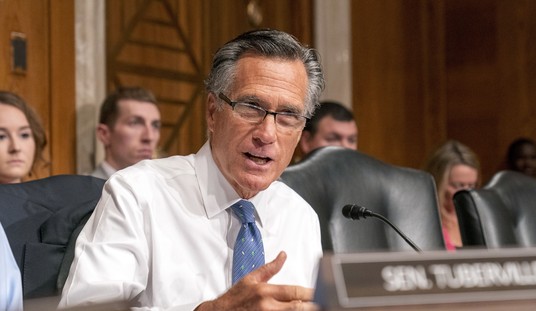While the media’s fixation remained on the Mark Zuckerberg show, the stock market was nudged around on anxiety over the next potential move by President Trump on Syria, and the next potential move by the Federal Reserve on interest rates. Apparently, the Fed thinks it’s time to slow down this locomotive of an economy.
Key Points from Minutes of the Federal Open Market Committee (FOMC):
Prepare Investors
Some participants suggested it might become necessary to revise statement language to acknowledge that monetary policy eventually would likely gradually move from an accommodative stance to being a neutral or restraining factor for economic activity.
Inflation Target Near & Rate Hikes, Too
A number of participants indicated that the stronger outlook for economic activity, along with their increased confidence that inflation would return to 2 percent over the medium term, implied that the appropriate path for the federal funds rate over the next few years would likely be slightly steeper than they had previously expected.
Real GDP was projected to increase at a faster pace than potential output through 2020. The unemployment rate was projected to decline further over the next few years and to continue to run below the staff's estimate of its longer-run natural rate over this period.
Participants expected that, with further gradual increases in the federal funds rate, economic activity would expand at a solid rate during the remainder of this year and a moderate pace in the medium term, and that labor market conditions would remain strong.
Recommended
Summary
The Federal Reserve raised its projections to reflect a more robust growth, but the minutes seem to vocalize an even more aggressive stance that’s developing.
Fed Projections | 2018 | 2019 | 2020 |
GDP | 2.7% | 2.4% | 2.05 |
Dec Projections | 2.5% | 2.1% | 2.0% |
Unemployment | 3.8% | 3.6% | 3.6% |
Dec Projections | 3.9% | 3.9% | 3.6% |
PCE Inflation | 1.9% | 2.0% | 2.1% |
Dec Projections | 1.9% | 2.0% | 2.0 |
PCE Core | 1.9% | 2.1% | 2.1% |
Dec Projections | 1.9% | 2.0% | 2.0% |
Conventional wisdom now feels like the Fed will hike at least three more times in 2018. I question why the Fed is so eager to slow down the economy after being idle for so many years.
Ironically, the Atlanta Fed is modeling for the first-quarter Gross Domestic Product (GDP) with a growth of only 2.0%, down from an initial read of 4.2%.
Another irony is the Street took away a more hawkish tone from the minutes, but financials were the worst performers of the session on Wednesday, led lower by the very same big banks, such as JP Morgan Chase & Co (JMP), Bank of America (BAC), and Morgan Stanley (MS) that should benefit from higher rates.
The S&P Financial Index (XLF) chart looks like a coiled spring with earnings beginning today, where a big move appears imminent – the big question is whether it’s higher or lower. Considering the wild swings in the market, banks with big trading departments should be making a fortune, so simply beating won’t be good enough.
Commodities Shine
Oil
West Texas Intermediate (WTI) popped even as inventories came in well above consensus after reports of up to three missiles launched over the skies of Riyadh, Saudi Arabia. Crude actually peaked above $67.00 for the first time in more than three years before settling at $66.77.
Gold
Gold climbed to its highest level since August 2016 but faces stubborn resistance between this point and $1,400 an ounce.
























Join the conversation as a VIP Member